
Williamsburg is an independent city in the Commonwealth of Virginia, United States. As of the 2020 census, it had a population of 15,425. Located on the Virginia Peninsula, Williamsburg is in the northern part of the Hampton Roads metropolitan area. It is bordered by James City County on the west and south and York County on the east.

The College of William & Mary is a public research university in Williamsburg, Virginia. Founded in 1693 by a royal charter issued by King William III and Queen Mary II, it is the second-oldest institution of higher education in the United States and the ninth-oldest in the English-speaking world. It is classified among "R2: Doctoral Universities – High Research Activity". In his 1985 book Public Ivies: A Guide to America's Best Public Undergraduate Colleges and Universities, Richard Moll included William & Mary as one of the original eight "Public Ivies".
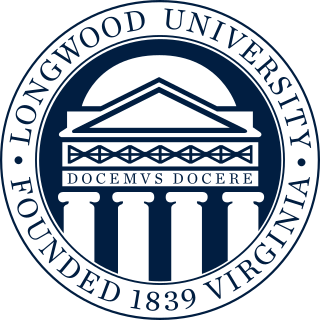
Longwood University is a public university in Farmville, Virginia. Founded in 1839, it is the third-oldest public university in Virginia and one of the hundred oldest institutions of higher education in the United States. Previously a college, Longwood became a university on July 1, 2002.
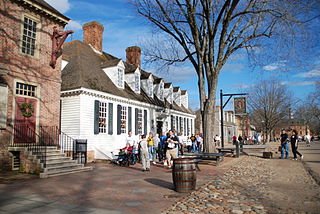
Colonial Williamsburg is a living-history museum and private foundation presenting a part of the historic district in the city of Williamsburg, Virginia. Its 301-acre (122 ha) historic area includes several hundred restored or recreated buildings from the 18th century, when the city was the capital of the Colony of Virginia; 17th-century, 19th-century, and Colonial Revival structures; and more recent reconstructions. The historic area includes three main thoroughfares and their connecting side streets that attempt to suggest the atmosphere and the circumstances of 18th-century Americans. Costumed employees work and dress as people did in the era, sometimes using colonial grammar and diction.

The Wren Building is the signature building of the College of William & Mary in Williamsburg, Virginia. Along with the Brafferton and President's House, these buildings form the College's "Ancient Campus." With a construction history dating to 1695, it is the oldest academic building in continuous use in the United States and among the oldest buildings in Virginia. It was designated a National Historic Landmark in 1960.
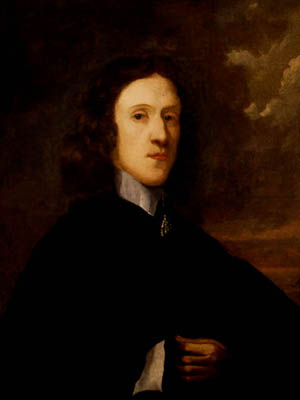
Colonel John Page was a planter, slave trader, merchant and politician in colonial Virginia. Born in East Bedfont, Middlesex, Page eventually migrated to the colony of Virginia, where he lived in Middle Plantation and served as a member of the House of Burgesses from 1665 to 1677 and a member of the Virginia Governor's Council from 1677 to 1692. A wealthy landowner, Page donated land and funds towards construction of the Bruton Parish Church. Page was also involved in the establishment of the College of William & Mary in 1693, as well as being a chief proponent of Middle Plantation being designated the colony's capital in 1698.

Vernon Meredith Geddy Sr. was an attorney based in Williamsburg, Virginia. He attended the College of William and Mary and the University of Virginia, and served W&M as the head coach for the William & Mary Tribe men's basketball team for the 1918–19 season.
The Seven Society, Order of the Crown & Dagger is the longest continually active secret society of the College of William & Mary in Williamsburg, Virginia. The clandestine, yet altruistic group is said to consist of seven senior individuals, selected in their junior year. While, historically, graduating members formally announced their identities each spring, today's membership is steeped in mystery and is only revealed upon a member's death.

The history of the College of William & Mary can be traced back to a 1693 royal charter establishing "a perpetual College of Divinity, Philosophy, Languages, and the good arts and sciences" in the British Colony of Virginia. It fulfilled an early colonial vision dating back to 1618 to construct a university level program modeled after Cambridge and Oxford at Henricus. A plaque on the Wren Building, the college's first structure, ascribes the institution's origin to "the college proposed at Henrico." It was named for the reigning joint monarchs of Great Britain, King William III and Queen Mary II. The selection of the new college's location on high ground at the center ridge of the Virginia Peninsula at the tiny community of Middle Plantation is credited to its first President, Reverend Dr. James Blair, who was also the Commissary of the Bishop of London in Virginia. A few years later, the favorable location and resources of the new school helped Dr. Blair and a committee of 5 students influence the House of Burgesses and Governor Francis Nicholson to move the capital there from Jamestown. The following year, 1699, the town was renamed Williamsburg.
Samuel Henley D.D. was an English clergyman, school teacher and college principal, antiquarian, and man of letters.
Thomas Dawson was an Anglican priest and the fourth president of The College of William & Mary in Williamsburg, Virginia (1755–1760). He is also the brother of William Dawson, who was the second president of William & Mary (1743–1752). He was educated at William & Mary and also held several religious positions, including being an Anglican clergyman, rector of the Bruton Parish, and commissary of the Bishop of London. Dawson was also a member of the Governor's Council and master of the Indian School at the College.
William Yates, was a clergyman in the Church of England, educator, fifth president of the College of William & Mary and is the namesake for Yates Hall on the College's campus.

Robert Saunders Jr. was an American politician and school administrator who served as president of the College of William and Mary from 1847 to 1848. Prior to that, Saunders served as professor of mathematics from 1833 to 1847. He also served as mayor of Williamsburg, Virginia, in 1859 and 1868 as well as the head of Eastern State Hospital. His family papers are held by the Special Collections Research Center at the College of William and Mary.
James Horrocks was an Anglican Church clergyman, rector of Bruton Parish Church, and the sixth president of the College of William and Mary, from 1764 to 1771.
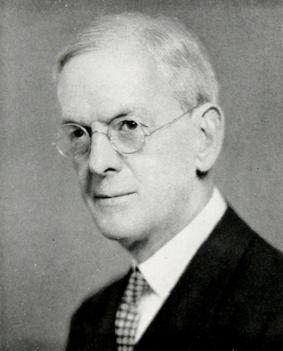
John Stewart Bryan was an American newspaper publisher, attorney, and college president. He was the nineteenth president of the College of William and Mary, serving from 1934 to 1942. He also served as the fourth American chancellor of the college from 1942 to 1944.
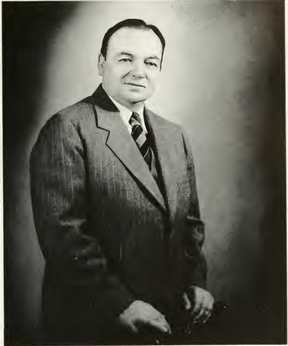
Alvin Duke Chandler was the twenty-first president of the College of William & Mary, serving from 1951 to 1960. He also served as the chancellor of The Colleges of William & Mary from 1960 to 1962; after that system was disbanded, he served as Chancellor of the College from 1962 to 1974. Prior to his career at the College of William & Mary, Chandler served in the United States Navy, eventually reaching the rank of vice-admiral. His father, Julian Alvin Carroll Chandler, also served as president of the College of William & Mary. His personal papers as well as the papers from his time as president can be found in the Special Collections Research Center at the College of William & Mary.
Davis Young Paschall was the twenty second president of the College of William & Mary, serving from 1960 to 1971. Prior to that, he served as Superintendent of Public Instruction for the Commonwealth of Virginia from 1957 to 1960, during the state-decreed period of Massive Resistance. During his superintendency public schools in the state were closed by gubernatorial and legislative fiat and subsequently, Dr. Paschall took steps to reopen those schools during the federal requirements. His papers from his time as president of the College of William & Mary can be found in the Special Collections Research Center at the College of William & Mary.

The Williamsburg Bray School was a school for free and enslaved Black children founded in 1760 in Williamsburg, Virginia. Opened at Benjamin Franklin's suggestion in 1760, the school educated potentially hundreds of students until its closure in 1774. The house it first occupied is believed to be the "oldest extant building in the United States dedicated to the education of Black children".

The President's House is the residence of the President of the College of William and Mary in Virginia in Williamsburg, Virginia. Constructed in 1732, the building still serves its original purpose and is among the oldest buildings in Virginia. Since its construction only one of the college's presidents, Robert Saunders Jr., has not moved into the building, which is let for free to the president. The President's House is the College's third-oldest building and the oldest official college presidential residence in the United States.

























